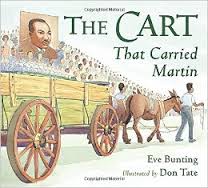
Mentor Texts for Writers: Writing Picture Book Biographies by Sarah Glenn Fortson
Many of you may have read some of my posts on historical fiction vs. nonfiction and picture book biography structures, so you might know this post is right up my alley. What I also love is that we mention some of the same books, but Sarah thought about them in a totally unique way that I hadn’t thought of. That shows that these are great books. I hope you learn as much as I have from Sarah Glenn Fortson’s post on picture book biographies.
“Mentor Texts…help writers envision the kind of writers they can become.”
Georgia Heard, Finding the Heart of Nonfiction
In a picture book biography for young children, the main character is often an adult, or grows into an adult. For authors who write in this genre this means decisions must be made about handling adult information in crafting the story. This information can range from “dry” to totally inappropriate for young readers.
In my study of exemplary picture book biographies, I’ve discovered a few options for dealing with sensitive information:
Miracle Mud, Lena Blackburne And the Secret Mud That Changed Baseball, by David A. Kelly (Millbrook Press/Minneapolis)
David Kelly hit on a gem of a story.
I mean, come on, mud and baseball? He gets to say things like, “Players even rubbed balls with spit and tobacco juice. That made the balls stink.” But even in this super-kid-friendly tale, Kelly found sensitive details.
Pitchers use to nick and scuff new balls so that they would be unpredictable and hard to hit, but the league outlawed roughing up the balls after a stray one struck a player and killed him. That’s why teams began looking for alternative ways to make slick new balls rough. David Kelly made the decision to leave death out of his story, but added it to the back matter. The tone of Miracle Mud, is light-hearted. A death would be jarring, plus Kelly didn’t need the information for the purpose of “sense-making.”
But here’s a tale that absolutely needed the sensitive for “sense-making.”
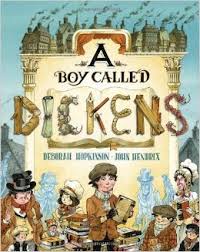
A Boy Called Dickens, by Deborah Hopkinson (Schwartz & Wade Books, New York)
Poverty, debtors prison, child labor in a rat-invested warehouse, neglect, runaways…Hopkinson includes it all, because as she says, “For years Dickens kept the story of his own childhood secret. Yet it is a story worth telling. For it helps us remember how much we all might lose when a child’s dreams don’t come true.”
Can you imagine writing yet another book about George Washington without it being redundant or dry. Peggy Thomas imagined it. While visiting George Washington’s home, Peggy was struck by the idea that Washington’s goal to make Mount Vernon self-sufficient paralleled his goal for our nation’s independence. She used this nugget and the new angle in Farmer George Plants a Nation (Calkins Creek).
The final three picture book titles I’m including are examples of pacing techniques…great ways to combat “biographical-dryness.” Jodell Sadler teaches a wonderful class, Pacing Picture Books to WOW!
- Use questions to pull your reader forward.
Elizabeth Leads the Way: Elizabeth Cady Stanton and the Right to Vote by Tonya Lee Stone
- Use objects to reveal character and enhance setting simultaneously.
The Cart That Carried Martin by Eve Bunting
- Use repetition…and
- Do less to do more.
On a Beam of Light by Jennifer Berne
A heart-felt “thank-you” to Marcie for allowing me to be a guest on her blog. I enjoyed the process of putting this post together.
Sarah Glenn Fortson, former educator, now children’s author is represented by Jodell Sadler of Sadler Children’s Literary. Visit her at SarahGlennFortson.com.
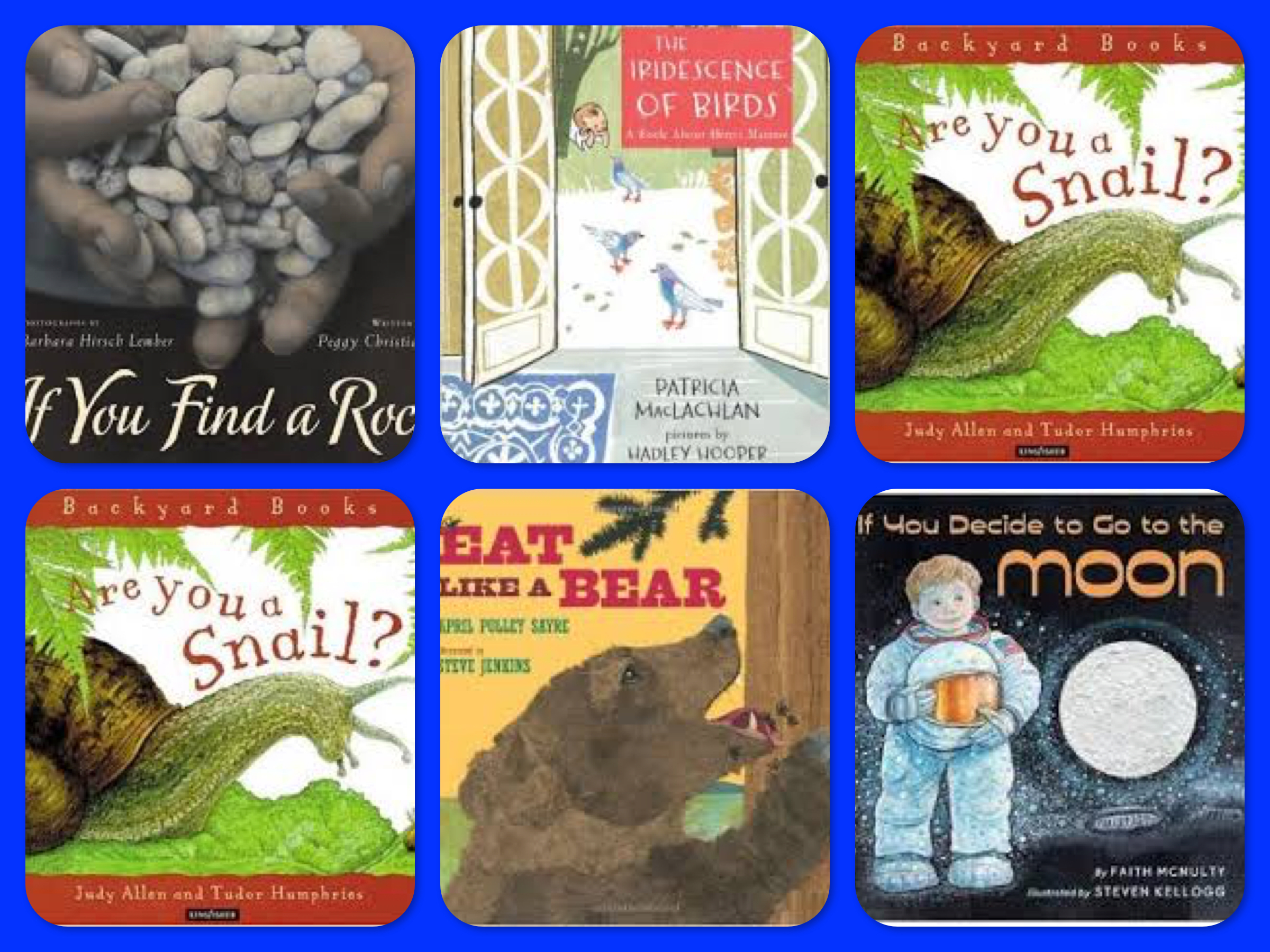
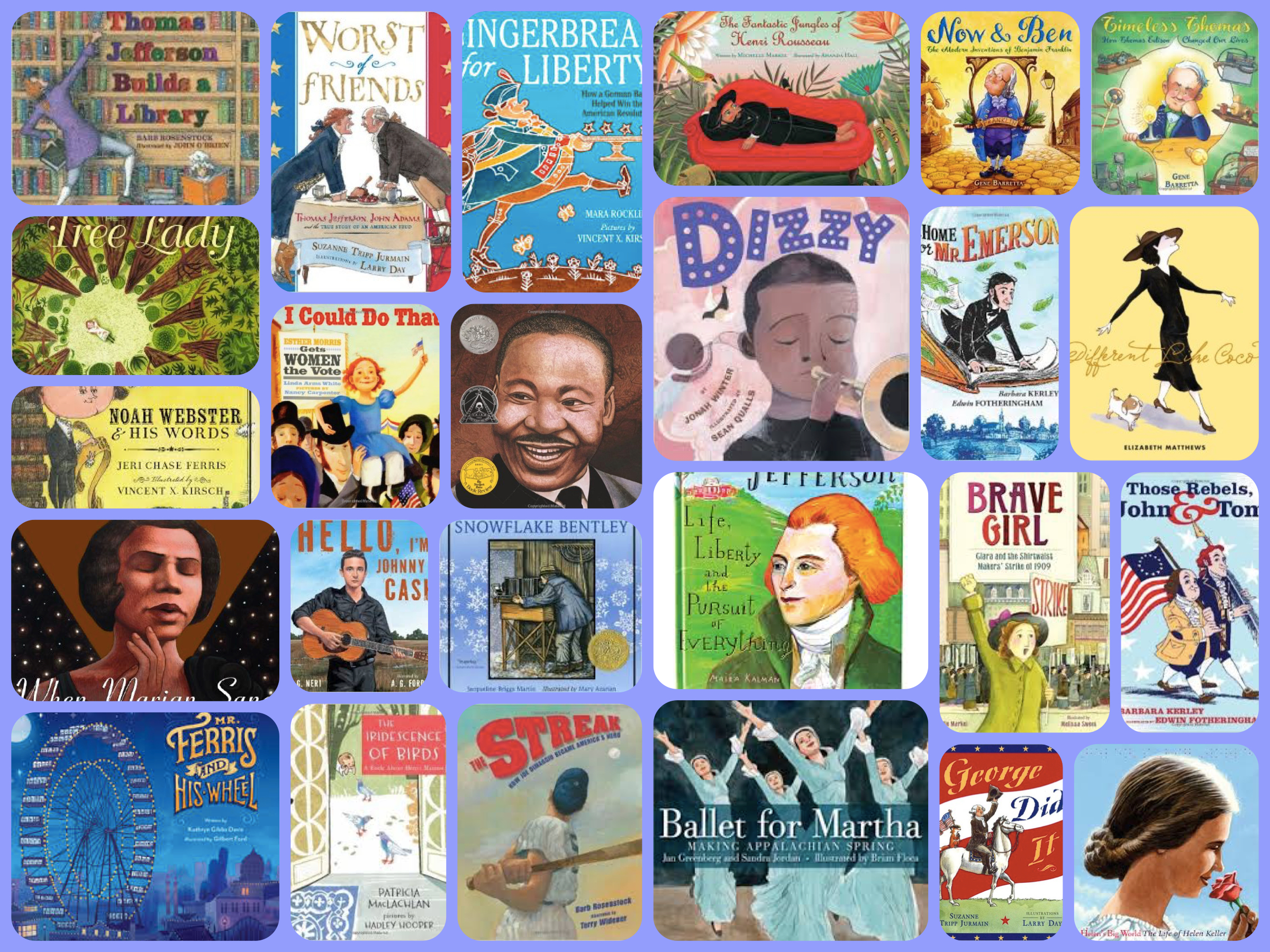
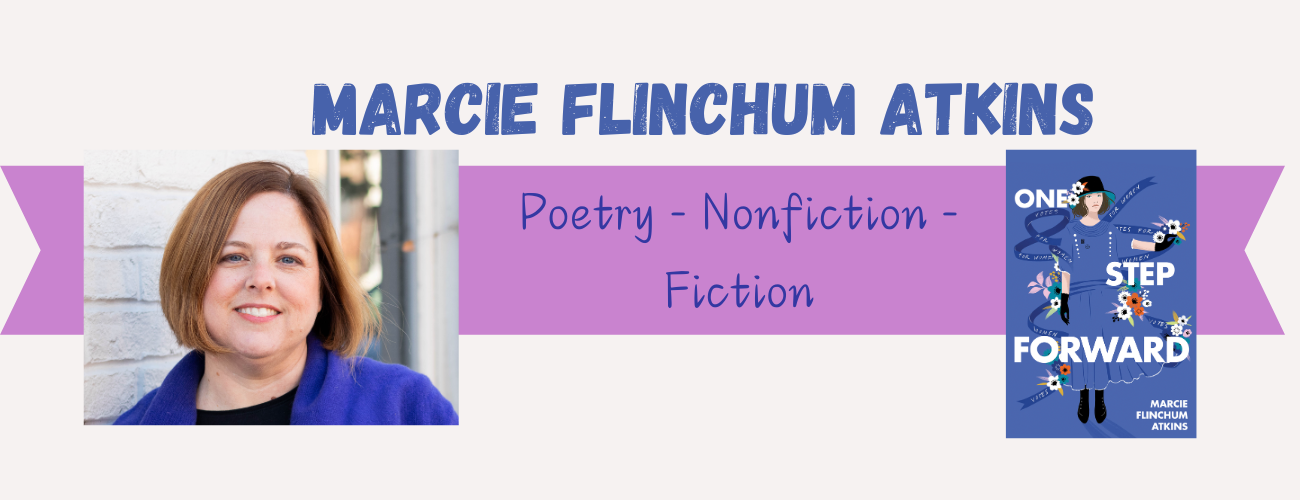
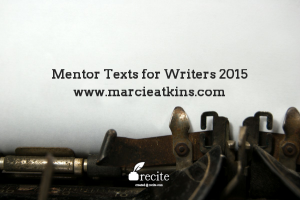
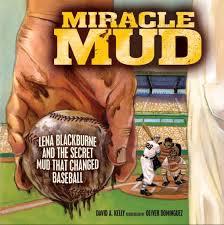
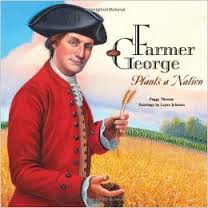
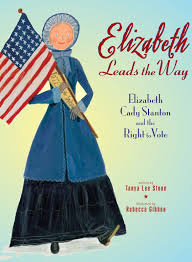
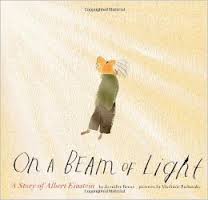
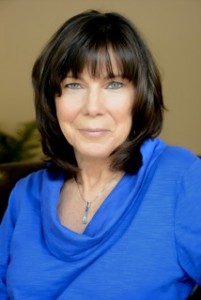
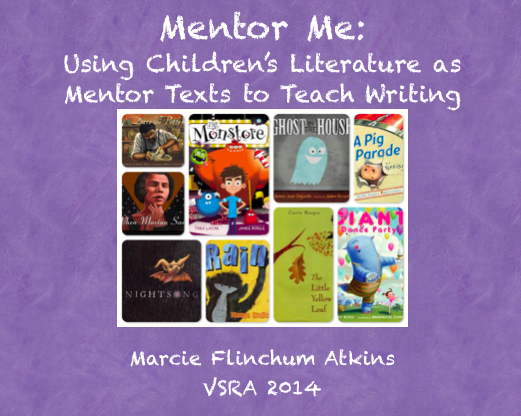

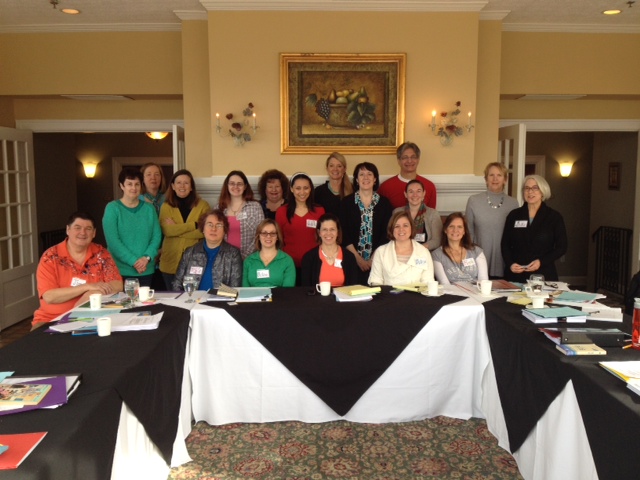
6 Comments
Shena Ashcraft
Thanks for the insight, Sarah! I visited your website–beautiful and well done!
Marcie Flinchum Atkins
Thanks for stopping by!
Jilanne Hoffmann
I’m working on a picture book biography of two artists and have been struggling to figure out how much sensitive information to include. I decided it wasn’t necessary to tell the story I wanted to tell, one of cooperation and inspiration. I’ve yet to decide how much to include in back matter. Thanks for the thought-provoking post!
Marcie Flinchum Atkins
Awesome, Jilanne! I love how Sarah focused this blog post and I hope her mentor texts will be helpful as you study. 🙂
loriannlevyholm
I love these books! Thanks for the reminder.
Damon Dean
Sarah, you picked some great books for your insightful points. Thanks for sharing, you made me aware of some things I’d not thought of. I WILL dare a biographic picture book one day…love them, but they seem so daunting to me. Don’t know why….especially after your post. Thanks.